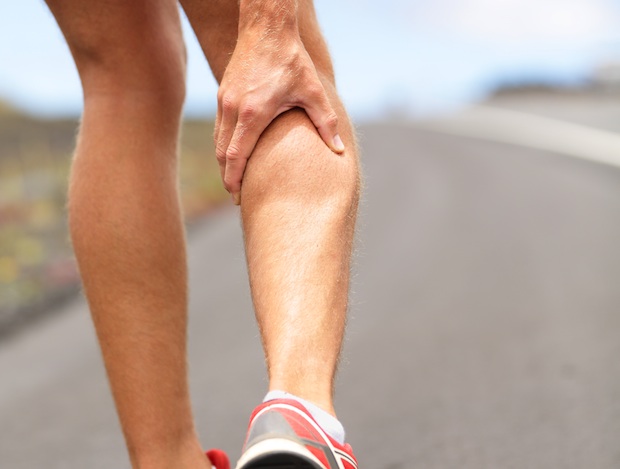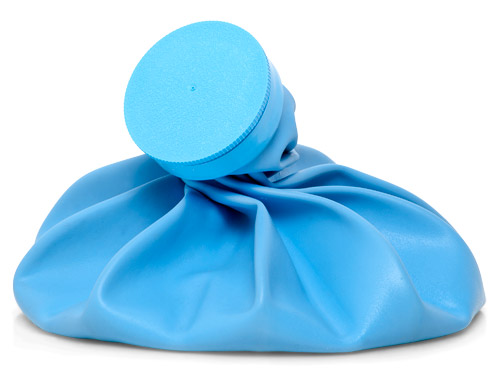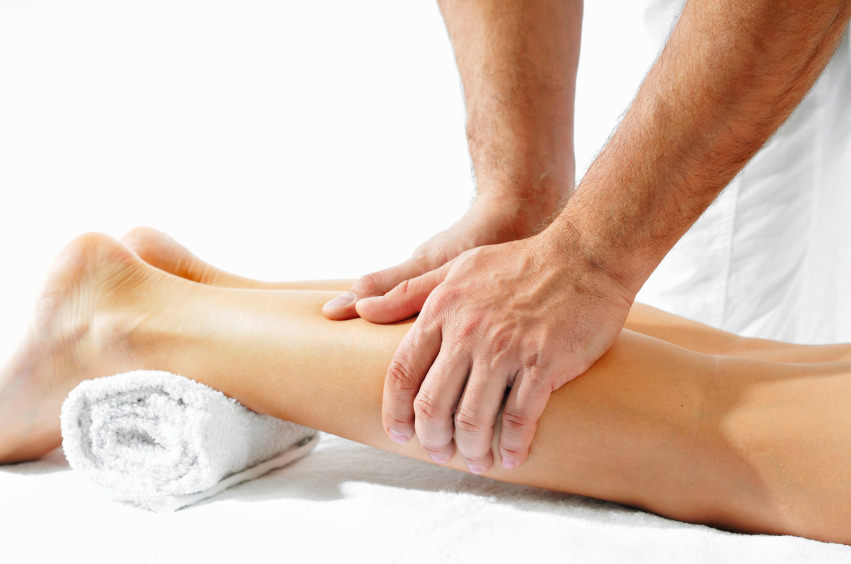It is normal to have soreness if you start using some muscle groups that you have not used for a while, or if you over-exercise some muscles. So, if you have sore legs after running, there is usually nothing to worry about. It usually occurs due to small tears in the muscle fibers which are necessary for subsequent muscle regeneration. When the muscle soreness prolongs more than a day, it is called the delayed onset muscle soreness or DOMS. It is also normal and may take several days to get better.
Sore Legs from Running: Causes and Treatments

1. Regular Soreness
This situation occurs when you start a new workout routine, as muscles that have not been used so frequently tend to have small tears. This is normal but will cause you to have some pain for the first few hours. It is OK to continue running through the soreness.
Treatment:
The pain will usually go away on its own in just a few hours, and you can help accelerate the process by doing some cardio. If the soreness persists more than one or two days, a little rest may be needed.
2. Shin Splints
Sore legs from running can also be caused by shin splints. If you tend to turn your feet too much when running, then you have an increased chance of suffering from shin splints. This can also occur if you often run on very hard surfaces or wear inappropriate shoes.
In this case, the leg pain will appear in some minutes after you start to run, and may subside if you stop. The pain usually begins in the inner part of your lower leg, and spreads to the front and outer parts too. You can't try to run through the pain as it can get worse and lead to an even more serious injury.
Treatment:
- To let your leg heal, rest will be needed.
- Try icing the sore area and practice some light exercises to strengthen the muscles.
- Buy running shoes that properly fit your feet.
- Some painkillers can help reduce the inflammation and soreness. Some examples are ibuprofen, acetaminophen and naproxen.
3. Stress Fractures
Stress fractures are injuries caused by a prolonged pressure or repetitive movement which causes the bone to crack. In this case the pain is acute and severe. Do not try to run through the pain as this will cause more tissue damage.
Treatment:
The first thing you have to do is follow your doctor’s instructions. Patience is very important as this kind of injury will take months to heal completely. You can do the following to speed up the healing process:
- Ice: Apply ice packs on the affected area for 10 to 15 minutes. Three or four times a day is recommended. This can help relieve the pain and reduce the swelling.
- Rest: Do not put weight on the affected leg until your doctor allows you to do so. While in the bed or couch, put a pillow under the leg to help reduce the swelling.
- Resume activity slowly: After your doctor’s approval, try light impact activities such as swimming and walking, gradually introducing medium-impact activities like jogging.
To ensure a full bone recovery, use crutches, a brace or a walking boot to support your injured leg.
More Tips to Deal with Sore Legs from Running
1. Ice Up

After a workout, you should consider taking a cold bath or put your limbs in ice water. This can help reduce the inflammation and prevent the soreness.
You can also try to wrap an ice pack around your limbs or a specific muscle group, but make sure to put a washcloth or towel between your skin and the ice to prevent a cold injury. Keep the ice pack on for about 10 to 20 minutes.
2. Heat Up

After icing the affected area, the next thing to do is to apply heat to help improve blood circulation. This can be done by taking a hot bath or shower, or simply applying hot pack to the area.
If you opt for a bath, adding Epsom salt is a very good choice as it contains magnesium which is known for its muscle relaxing property. In this way you will get immediate relief.
Another option is to apply peel-and-stick heating pads directly on the affected muscles. The heat should be applied for about 20 minutes.
3. Get a Massage

Because of the tiny tears that naturally occurs during running, the muscles will inflame to help protect the tissue from more injury. A massage can help reduce this inflammation and improve the blood and lymphatic circulations of the limb.
You can receive massage from a massage therapist, or simply do it by yourself with the help of your hands and elbows. Focus on the distant end of the muscles where the tendons are connected when doing massages by yourself.
Prevent Soreness After Running
- The intensity should be increased gradually to prevent muscle injury and soreness.
- To minimize the chances of muscle tears and DOMS, compression socks or tights may be helpful.
- Hydration is essential to prevent sore legs from running.
- Meals rich in protein and carbohydrates are recommended to replenish the glucose lost, prevent the soreness and stimulate the muscle growth. Baked potatoes, bananas, lean meats, dairy, eggs and vegetables are all good choices.
- Do some simple stretches after running. Walk around for 10 to 20 minutes and allow the muscles to cool down a bit.
